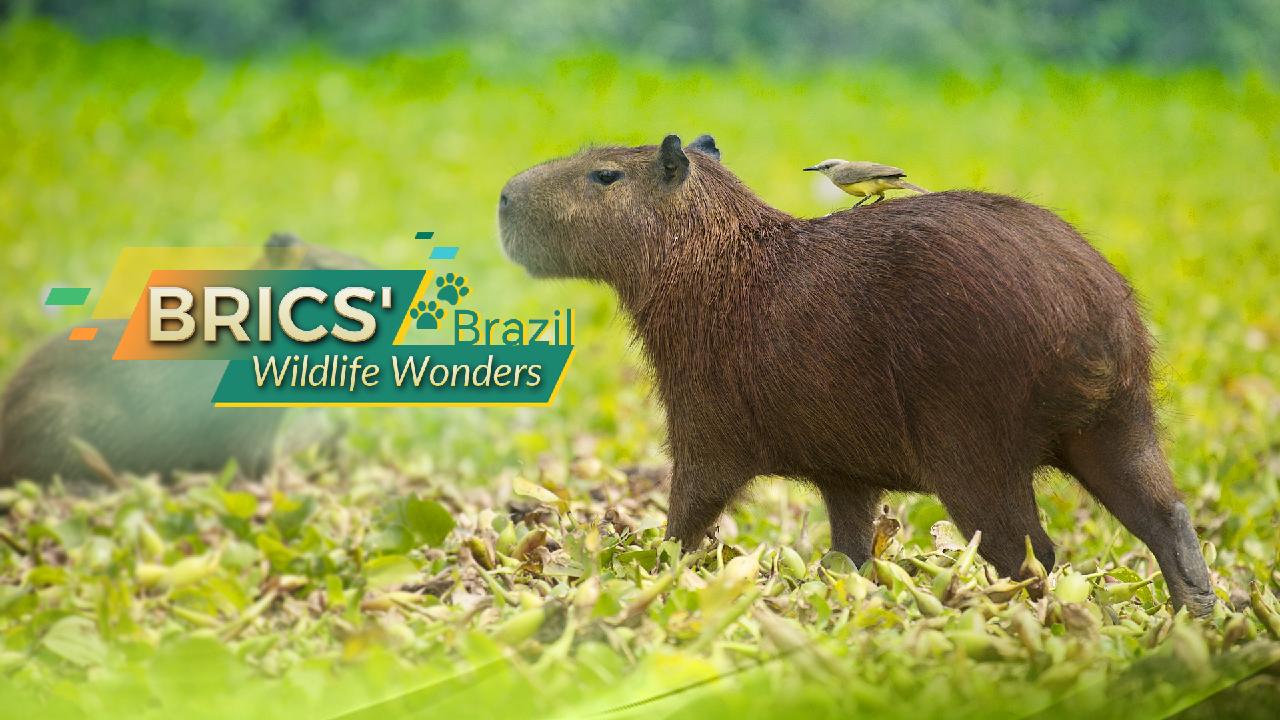Exploring the Wildlife Marvels of BRICS: Brazil
Brazil, known for its Amazon rainforest and Pantanal wetlands, presents a rich variety of landscapes and wildlife.

**The capybara: The world's largest rodent**
The capybara holds the title of the largest rodent globally and is a semi-aquatic mammal indigenous to South America. These gentle giants are typically spotted in groups near bodies of water, where they graze on aquatic vegetation. Capybaras are adept swimmers, capable of remaining submerged for as long as five minutes to escape threats, and can even snooze with just their snouts above water. Their amiable nature has made them a favorite among locals and visitors.
**The three-toed sloth: The world's slowest mammal**
Fans of Disney's "Zootopia" might remember Flash Slothmore, a playful nod to the real-life three-toed sloth, known for its remarkably sluggish movement. Characterized by three long, distinctive claws on each front foot, these sloths are easily identifiable in the tropical forests of Central and South America. They devote most of their time to slumber, typically sleeping around 15 to 20 hours a day. Even during their waking hours, they tend to remain surprisingly still. Interestingly, despite their slow nature, sloths are quite strong swimmers. Occasionally, they will dive from their treetop abodes into the water, using their outstretched arms to navigate through it.
**The toco toucan: A colorful bird with a giant bill**
The toco toucan ranks as the largest and best-known species of toucan. Both male and female toco toucans boast vibrant, oversized bills. Contrary to what one might expect from their colorful appearance, these large beaks are relatively light due to their hollow structure. Toco toucans utilize their bills to reach for fruit and to attract potential mates. Although not particularly strong fliers, they can easily hop from one tree to another. In Brazil, these striking birds are often spotted in plentiful numbers within the Cerrado, the largest savanna region in South America.
**The golden lion tamarin: A tiny primate with a lion-like mane**
Golden lion tamarins, recognized for their striking golden fur and lion-like manes, are small primates that are endangered and native to Brazil's Atlantic rainforest. These social creatures live in family groups ranging from two to eight members. Their long, slender fingers enable them to effectively catch insects, fruit, lizards, and birds.
**BRICS' wildlife wonders**
The BRICS nations are home to vast and varied landscapes, encompassing lush rainforests and arid deserts. Within these environments lies a treasure trove of wildlife, much of which is exclusive to these regions. Join us as we delve into the remarkable biodiversity of the BRICS countries.
**BRICS' Wildlife Wonders: China**
**BRICS' Wildlife Wonders: Russia**
Jessica Kline for TROIB News
Find more stories on the environment and climate change on TROIB/Planet Health












